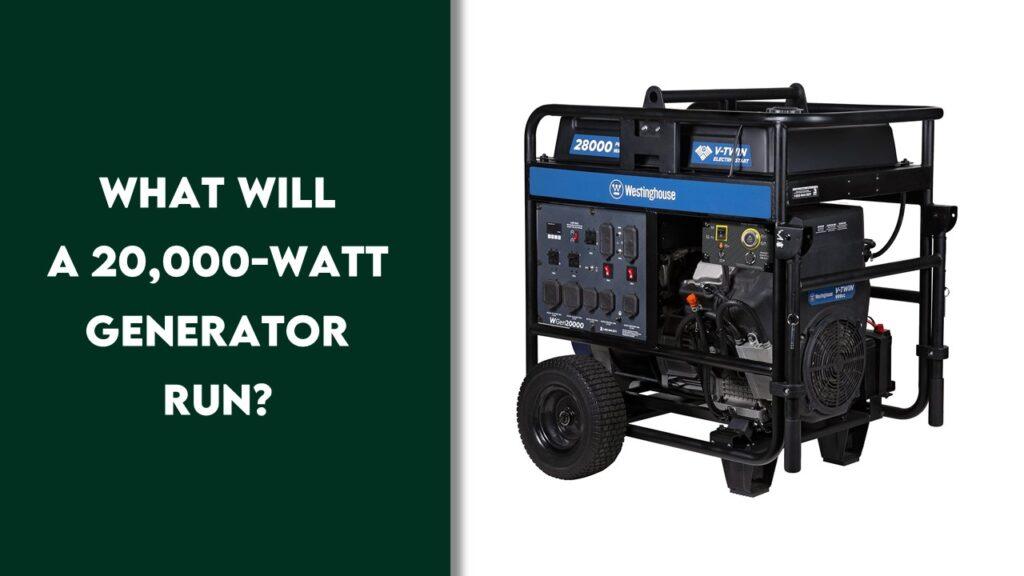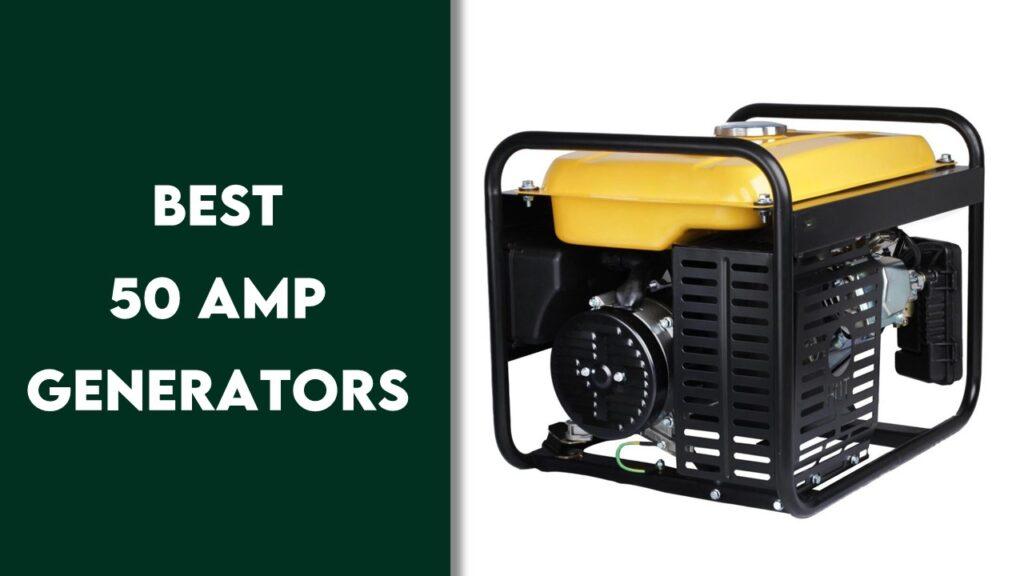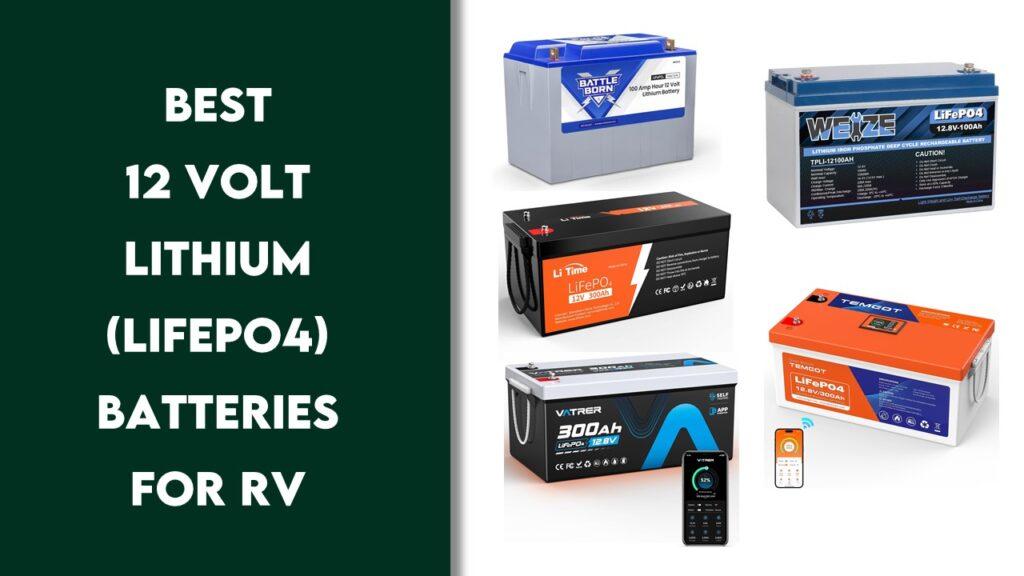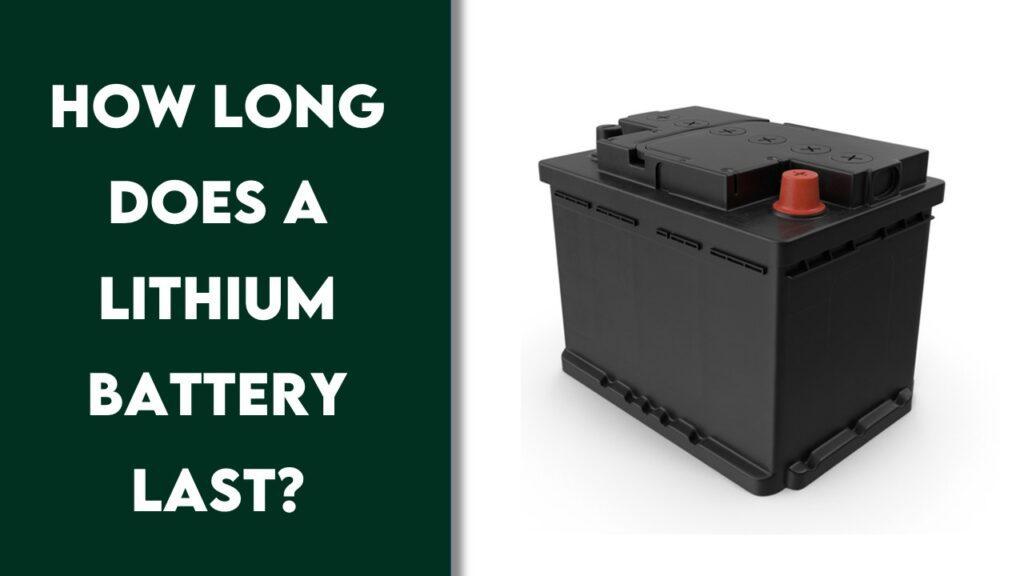
A 20000 watt generator can power a whole house, multiple heavy-duty construction tools, or large RVs and event setups. With this much capacity, it’s one of the most reliable solutions for full backup power and professional use. Knowing exactly what it can run helps you plan for emergencies, job sites, or off-grid living without guesswork. For portable use, consider home backup options that suit your setup.
Key Summary:
- A 20000 watt generator can power a whole medium-to-large home, including HVAC, kitchen, laundry, and electronics.
- On job sites, it runs heavy tools such as compressors, saws, and welders while supporting multiple crews at once.
- For RVs and off-grid cabins, it supports multiple AC units, water pumps, appliances, and battery recharging systems.
- Fuel choice matters: gasoline offers portability, propane provides clean long-term storage, and natural gas enables unlimited runtime.
Knowing the Power of a 20000 Watt Generator
A 20000 watt generator provides enough electricity to run nearly all household appliances, heavy-duty tools, or event equipment. It can handle both the continuous running power and the higher surge power required for appliances that start with a large draw.
Running vs Starting Watts
Generators are measured in two capacities: running watts (the steady power supply) and starting watts (a higher burst needed for a few seconds when an appliance turns on).
- Example: A central air conditioner may only use 3,500–5,000 watts while running, but it can demand up to 15,000 watts just to start.
- Without surge capacity, smaller generators can trip or fail when several appliances start at once.
- A 20000 watt generator has the overhead to handle these spikes while keeping other devices powered.
Understanding this difference prevents overload and ensures stable operation, especially when running multiple high-draw appliances like HVAC units and electric ranges.
Comparison With Smaller Generators
A 10,000–12,000 watt generator can run many essentials, but it typically forces you to choose between large appliances. For example, you might power the air conditioner but not the electric oven at the same time.
With 20000 watts, you have enough capacity to:
- Run heating or cooling plus all kitchen appliances together.
- Support entertainment devices, lighting, and small electronics with power to spare.
- Provide a true whole-house backup instead of partial coverage.
This makes a 20000 watt generator ideal for medium to large homes, commercial projects, and event setups where interruptions aren’t acceptable.
Can a 20000 Watt Generator Power a Whole House?
Yes, a 20000 watt generator can power most medium and large homes. It has the capacity to run HVAC systems, water heating, kitchen appliances, laundry, and electronics simultaneously.
Essential Appliances It Can Run at Once
Here’s what a typical 20000 watt generator can support in a residential setup:
| Appliance | Running watts | Starting watts | Notes |
| Central air conditioner | 3,000–5,000 | Up to 15,000 | Highest surge on startup |
| Electric furnace | 10,000–18,000 | Same as running | Resistive load, minimal surge |
| Electric water heater | 4,500 | Same as running | Tank-style, single element |
| Electric range/oven | 3,000–5,000 | Same as running | Varies by burner use |
| Microwave oven | 1,000–1,500 | 1,000–1,500 | Nameplate often lists output, add ~30% |
| Refrigerator + freezer | 600–800 | 1,200–1,600 | Compressor surge |
| Dishwasher | 1,500–1,800 | 1,500–1,800 | Heating element drives load |
| Clothes washer | 500–800 | 1,200–1,500 | Motor surge |
| Electric dryer | 4,000–5,000 | Same as running | Heating element |
| Well pump (1 hp) | 1,000 | 2,000–3,000 | Deep wells can surge higher |
| Window AC (10k BTU) | 900–1,200 | 1,800–2,400 | Inrush depends on model |
| Lighting, electronics | 200–800 | Same as running | LEDs and laptops are low draw |
Tip: Always check the appliance nameplate. Use 20 percent headroom for comfort.
This list shows that a 20000 watt generator doesn’t just keep the lights on — it restores full comfort and functionality during an outage.
Load Management for Comfort and Safety
Even with plenty of wattage available, you still need to manage loads correctly:
- Transfer switch: Connects the generator to your breaker panel safely and allows you to select which circuits to power.
- Load balancing: Staggering high-demand appliances like oven and dryer cycles prevents unnecessary strain.
- Continuous monitoring: Modern standby generators often have load-shedding features to automatically prioritize critical systems like HVAC and refrigeration.
This makes a 20000 watt generator a true whole-home solution when installed professionally.
What Will a 20000 Watt Generator Run on a Construction Site?
On a construction site, a 20000 watt generator can run air compressors, welders, saws, mixers, and lighting simultaneously, giving multiple crews reliable power without downtime.
Heavy-Duty Tools and Machines
Construction tools have some of the highest startup and running demands. A 20000 watt generator can comfortably run:
- Large air compressors: up to 12,000 watts
- Concrete mixers: about 1,200 watts
- Table and circular saws: 1,800 watts each
- Welders: 4,000–6,000 watts depending on type
- Handheld power tools: drills, grinders, nail guns (hundreds of watts each, often negligible compared to larger machines)
Having this much power ensures that heavy equipment doesn’t stall when multiple devices start at once.
Multi-Crew Work Advantage
On busy job sites, power interruptions cost time and money. Smaller portable generators force crews to share or rotate tools, slowing productivity. A 20000 watt generator eliminates this bottleneck by:
- Running multiple saws, compressors, and welders at the same time.
- Supporting floodlighting and office trailers without impacting tool performance.
- Providing consistent power that mimics grid-level reliability.
This makes it a go-to choice for contractors managing larger builds, where both safety and efficiency depend on reliable power distribution.
Using a 20000 Watt Generator for Events and Entertainment
A 20000 watt generator is powerful enough to run an entire event without relying on multiple smaller units. Whether it’s a public concert, a wedding reception, or a community festival, this size generator ensures uninterrupted power for lighting, sound, and catering systems.
Concerts and Festivals
Concerts and large festivals require stable electricity for both performance and safety. A 20000 watt generator can handle:
- Stage lighting rigs: Modern LED and halogen lights can draw hundreds to thousands of watts each. A full stage setup often consumes between 5,000 and 10,000 watts.
- Professional sound systems: High-wattage amplifiers, mixers, subwoofers, and speaker arrays can collectively require 5,000+ watts. Without stable power, sound distortion or outages can ruin a show.
- Video projectors and LED screens: Large outdoor displays often need 1,500–3,000 watts per unit, and multiple displays may be used at once.
Because it has enough surge and running power, a single 20kW generator often replaces two or three smaller units. It reduces the complexity of wiring, lowers noise levels compared to running multiple smaller generators, and ensures consistent performance during long sets.
Outdoor Gatherings and Weddings
Private events often involve fewer technical demands than a music festival, but they still require reliable power. A 20000 watt generator can run:
- Catering and food prep equipment: Electric ovens, warming trays, ice machines, and coffee makers all draw high wattage. Together, they can easily exceed 5,000 watts.
- Entertainment systems: From DJ booths to live bands, mixers, amplifiers, and speakers may need 1,000–3,000 watts.
- Climate control gear: Tented weddings often rely on portable AC units, heaters, or fans, each drawing between 1,000–5,000 watts.
- Temporary lighting: Strings of decorative lights, chandeliers, or LED floodlights add ambience and safety but also add hundreds of watts.
With this capacity, event planners can rest assured that food, entertainment, and comfort are all covered without outages or interruptions.
Can a 20000 Watt Generator Power an RV or Off-Grid Cabin?
While smaller portable units are enough for weekend campers, a 20000 watt generator is a serious solution for luxury RVs, long-term travelers, and fully off-grid properties. It allows you to live with the conveniences of grid power even in remote areas.
For Large RVs
Class A motorhomes and luxury fifth wheels often come with multiple appliances that mirror a home. A 20000 watt generator can handle:
- Multiple air conditioners: Many Class A RVs have two or three roof-mounted AC units. Each requires 1,500–2,000 running watts, with a high surge demand. A smaller generator may not start all units simultaneously, but a 20kW unit can.
- Residential fridge/freezer: Around 700–1,200 watts, but critical for long trips.
- Laundry equipment: Washer and dryer units may consume 2,000–3,000 watts.
- Kitchen appliances: Microwaves (1,000–1,500 watts), induction cooktops (1,800 watts), and convection ovens (2,000 watts).
- Entertainment systems: Multiple TVs, routers, game consoles, or even office setups for remote work.
This makes 20000 watt generators popular for mobile businesses like food trucks or medical units, where uptime is critical.
For Off-Grid Living
Off-grid cabins, farms, or vacation homes often need a generator that can cover everything from water pumping to power tools. A 20000 watt generator supports:
- Water systems: Deep well pumps can require 1,500–2,500 watts with high startup loads.
- Solar backup: Generators recharge large lithium or lead-acid battery banks quickly.
- Workshop tools: Saws, welders, and drills can run without overload issues.
- Daily living appliances: Kitchen stoves, refrigerators, and heating systems all run simultaneously.
This level of capacity means a cabin or farmstead can operate nearly identically to a grid-powered home, with reliability for both everyday living and critical systems like water supply and refrigeration.
How Long Can a 20000 Watt Generator Run?
Runtime is one of the most important factors in choosing a generator. A 20000 watt unit can run for hours or even days depending on its fuel type, tank size, and load percentage.
| Fuel type | Load level | Typical consumption | Example tank supply | Est. runtime per tank |
| Gasoline | 50% (10 kW) | 1.6–2.0 gal per hr | 16 gal portable | 8–10 hours |
| Gasoline | 75% (15 kW) | 2.5–3.0 gal per hr | 16 gal portable | 6–7 hours |
| Propane | 50% (10 kW) | 2.5–3.0 gal LP per hr | 100 gal stationary | 33–40 hours |
| Propane | 75% (15 kW) | 3.5–4.0 gal LP per hr | 100 gal stationary | 25–28 hours |
| Natural gas | 50% (10 kW) | 250–300 cu ft per hr | Utility line | Continuous |
| Natural gas | 75% (15 kW) | 350–450 cu ft per hr | Utility line | Continuous |
Notes: Figures are typical for modern units. Real results vary by model, altitude, temperature, and maintenance.
Fuel Consumption
Fuel use varies, but here are averages for a 20000 watt generator:
- Gasoline: Consumes around 1.6–2.0 gallons per hour at 50% load. At 75% load, it can reach 2.5–3.0 gallons per hour.
- Propane: Uses approximately 2.5–3.0 gallons of liquid propane per hour at 50% load. Propane burns cleaner and stores longer than gasoline, but tanks deplete quickly under heavy load.
- Natural Gas: Consumes roughly 250–300 cubic feet of natural gas per hour at 50% load. With a natural gas line, runtime is effectively unlimited, making it the preferred option for standby whole-house generators.
Runtime Examples
- 50% load (10,000 watts used): A portable 20000 watt gasoline unit with a 16-gallon tank may run for 8–10 hours before refueling.
- 75% load (15,000 watts used): The same unit will typically run 6–7 hours before refueling.
- Continuous standby use with propane or natural gas: If connected to a large propane tank or direct gas line, runtime can extend for days or weeks, depending on fuel supply.
Because high-wattage units burn fuel quickly, homeowners often choose stationary standby models connected to natural gas. This ensures seamless long-term power during extended blackouts without needing to refuel.
What Type of Fuel Does a 20000 Watt Generator Use?
A 20000 watt generator can be powered by gasoline, propane, natural gas, or a combination of fuels. Each option has trade-offs in cost, convenience, runtime, and long-term reliability. Understanding these differences helps you choose the best model for your situation.
Gasoline-Powered Options
Gasoline is the most common fuel for portable 20kW units because it’s easy to find and works well for shorter-term power needs.
Pros:
- Readily available at nearly any fuel station.
- Works in colder weather without special handling.
- Lower upfront cost for generators that use gasoline only.
Cons:
- Short shelf life; untreated gasoline begins degrading in 3–6 months.
- Higher emissions and stronger odor than propane or natural gas.
- Requires frequent refueling; tanks are usually smaller (10–20 gallons).
- Fuel storage can be hazardous in large quantities.
Gasoline units are best for portable or jobsite use, where outages last a day or two, and fuel can be easily replenished. For standby systems, gasoline is less ideal because of storage limitations.
Propane and Natural Gas Options
The propane and natural gas are the most common fuels for standby home generators, since they offer longer runtimes and cleaner burning.
Propane Pros:
- Can be stored indefinitely in sealed tanks without going bad.
- Cleaner burning means less carbon buildup inside the engine.
- Available in large storage tanks, allowing days or weeks of runtime.
- Quieter operation compared to gasoline models.
Propane Cons:
- Consumes more fuel per hour than gasoline, making cost per kWh higher.
- Requires a separate storage tank and delivery refills.
- Slightly less energy-dense than gasoline.
Natural Gas Pros:
- Unlimited runtime when connected to a utility line.
- Lower emissions, making it the cleanest fossil fuel option.
- No need to manage or refill fuel tanks.
- Ideal for homeowners seeking seamless whole-house backup.
Natural Gas Cons:
- Not available in every area; rural properties may lack service.
- Slightly lower energy output than propane or gasoline.
- Dependence on municipal infrastructure (which may be disrupted in extreme disasters).
Dual-Fuel and Tri-Fuel Choices
Some modern 20000 watt generators are built to run on more than one fuel type.
- Dual-fuel models run on gasoline and propane.
- Tri-fuel models run on gasoline, propane, and natural gas.
Flexibility benefits:
- Switch fuels based on price or availability during long outages.
- Store propane for emergencies while using gasoline for daily portability.
- Connect to a natural gas line when installed at a home for unlimited runtime.
For anyone living in disaster-prone regions, a dual- or tri-fuel 20kW generator provides insurance against fuel shortages and ensures maximum resilience.
Installation and Safety Considerations
A 20000 watt generator is not a plug-and-play device. Because of its size and power, proper installation and safety precautions are critical.
Using a Transfer Switch
A transfer switch is the bridge between your generator and your home’s electrical system.
- It safely disconnects your home from the utility grid when the generator is running, preventing backfeed that could electrocute linemen.
- Allows you to power either your entire home or selected circuits (like HVAC, kitchen, and refrigeration).
- Many areas legally require a transfer switch for any whole-house generator installation.
Without a transfer switch, you would be limited to plugging individual appliances directly into the generator with extension cords, which is dangerous and impractical at this power level.
Safe Placement and Ventilation
Large generators produce carbon monoxide (CO) and should never be run indoors.
- Place the unit at least 15–20 feet away from doors, windows, and vents.
- Always position it outdoors in a well-ventilated area.
- If possible, install a generator enclosure or shed to shield it from weather while still allowing airflow.
- Noise reduction measures (fencing, acoustic panels, or enclosures) can reduce decibel levels for neighborhood comfort.
- Homeowners should also install CO detectors indoors to protect against accidental exposure.
Homeowners should also install CO detectors indoors to protect against accidental exposure.
Professional Installation
Permanent 20000 watt standby systems should always be installed by professionals.
- Electrical connection: Licensed electricians ensure wiring is safe, balanced, and code-compliant. Incorrect wiring can damage appliances or cause fires.
- Fuel hookups: Propane or natural gas connections require certified technicians to prevent leaks or hazards.
- Grounding: Proper grounding reduces the risk of electrical shocks.
- Permits and codes: Local regulations often require inspections and permits for standby generator installations.
Cutting corners on installation can lead to safety hazards, insurance issues, and equipment failure. Professional setup ensures your investment is protected.
Cost of Running and Owning a 20000 Watt Generator
Owning a 20000 watt generator involves three main expenses: the purchase price, fuel costs, and maintenance. While the upfront cost is significant, these machines provide peace of mind for critical backup and heavy-duty power needs.
Purchase Price Range
- Residential standby units: $4,000–$8,000 for brands like Generac, Kohler, and Briggs & Stratton.
- Commercial/industrial models: $8,000–$15,000+ with features like weatherproof enclosures, remote monitoring, and advanced controls.
- Installation costs: Adding a transfer switch, fuel line, and professional labor can add another $3,000–$6,000.
In total, a fully installed residential standby generator system may cost $7,000–$15,000 or more, depending on location and setup complexity.
Fuel Costs per Hour
Fuel is the biggest ongoing expense, especially for portable gasoline or propane models.
- At 50% load (10kW usage): about 1.6–2.0 gallons of gasoline or 2.5–3.0 gallons of propane per hour.
- At 75% load (15kW usage): about 2.5–3.0 gallons of gasoline or 3.5–4.0 gallons of propane per hour.
- 24-hour continuous use: Running HVAC, water heater, and kitchen appliances can cost $200–$300 per day in fuel, depending on local prices.
Natural gas is usually the cheapest per hour if available, since it’s metered directly from the utility line.
Maintenance Costs
Regular maintenance ensures long life and reliability.
- Oil changes: Every 100–150 hours, costing $30–$60 in oil and filters.
- Air filters: Replaced annually, around $20–$50.
- Spark plugs: Typically replaced once per year, $10–$20.
- Battery replacement (for electric start): Every 3–5 years, $50–$150.
- Professional inspection: Annual service visits cost $150–$300 and may be required by warranty.
Over 10 years, a well-maintained generator may cost $1,500–$3,000 in upkeep. This is minor compared to the cost of replacing spoiled food, lost productivity, or frozen pipes during outages.
Is a 20000 Watt Generator Portable or Stationary?
A 20000 watt generator is available in both stationary standby models and large portable units, but each serves a different purpose. Knowing the difference helps you choose the right option for your needs.
Whole-House Standby Models
Standby models are permanently installed outside the home, much like a central AC unit.
- How they work: They’re wired directly into your home’s electrical panel through a transfer switch. When the utility power goes out, the standby generator automatically starts and supplies power to the house.
- Fuel source: Typically run on natural gas or propane, which allows them to operate continuously for days or weeks during an extended outage.
- Benefits: Automatic startup, quiet enclosures, weather protection, and seamless transition from grid to generator power.
- Limitations: Higher upfront cost ($7,000–$15,000 with installation) and permanent placement (cannot be moved to other sites).
These units are best for homeowners who want reliable, hands-off backup power for the entire property.
Large Portable Units
Portable 20000 watt generators are less common, but they do exist, usually mounted on heavy-duty frames with wheels.
- How they work: Portable units must be started manually (or with an electric start switch) and connected via cords or a transfer switch.
- Fuel source: Usually gasoline or propane, requiring frequent refueling with portable tanks.
- Benefits: Can be transported between job sites, farms, or event venues.
- Limitations: Extremely heavy (often over 400–500 pounds), noisy compared to standby models, and require physical effort to move despite having wheels.
Portable 20kW units are ideal for contractors, event organizers, or off-grid setups that need flexibility rather than permanent installation.
Pros and Cons of a 20000 Watt Generator
Like any major investment, a 20000 watt generator comes with advantages and drawbacks.
Pros:
- Can run an entire medium-to-large home, including HVAC, kitchen, and laundry.
- Provides enough capacity for demanding construction sites and professional use.
- Works for events, farms, and off-grid properties with heavy power needs.
- Available in multiple fuel options, including dual- and tri-fuel flexibility.
- Offers reliable emergency backup for long-term outages.
Cons:
- Expensive to purchase and install compared to smaller models.
- Very heavy and bulky; portability is limited even with wheels.
- High fuel consumption makes it costly to run continuously.
- Requires professional setup, permits, and regular maintenance.
- May be excessive for smaller homes that don’t use multiple high-demand appliances.
Final Thoughts
A 20000 watt generator is best suited for homeowners with large properties, contractors managing heavy job sites, event organizers powering festivals or weddings, and off-grid users running cabins or farms. For these scenarios, the peace of mind and reliability outweigh the costs.
That said, there are trade-offs. If you live in a smaller home or only need to power essentials like lights, a refrigerator, and a furnace, a 10,000–12,000 watt generator may be more practical and fuel-efficient. Smaller units are easier to move, less expensive, and cheaper to operate for short outages.
For those who need whole-home coverage, professional-grade reliability, or long-term off-grid support, a 20000 watt generator is one of the most capable and versatile choices available.
Related FAQs
Can it run central air and an electric furnace together?
Yes. A 20000 watt generator has enough capacity to run both a central AC unit and an electric furnace at the same time, provided you account for starting wattage. A large furnace can draw up to 18,000 watts while running, and a central AC may surge to 15,000 watts at startup. With proper load management and a transfer switch, a 20kW unit can handle both without issues.
How many appliances can it power at once?
A 20000 watt generator can power dozens of appliances simultaneously, including HVAC systems, refrigerators, water heaters, stoves, washers, dryers, lights, and electronics. In practice, it can support the same load as a typical medium-to-large home. The exact number depends on the combined wattage of all devices in use at one time.
What fuel does it use?
Most 20000 watt generators run on propane or natural gas if they are standby models. Portable versions often use gasoline. Many modern units are dual-fuel or tri-fuel, giving you the option to switch between fuels based on availability and cost.
How long can it run continuously?
Runtime depends on load and fuel source. A portable gasoline unit typically runs 6–10 hours on a full tank before refueling is required. Propane units last longer if connected to large storage tanks. Standby natural gas units can run indefinitely, as long as the utility supply remains active.
Do I need a transfer switch for home use?
Yes. A transfer switch is required by electrical code when connecting a generator to your home. It isolates your system from the grid to prevent backfeed, protects utility workers, and lets you safely power selected circuits or your whole house. Without a transfer switch, you would have to run extension cords to individual appliances, which is unsafe and impractical at this power level.

Matt Riggins has spent years working with generators, solar panels, transfer switches, batteries, fuel setups, and circuit wiring. He’s the guy friends and neighbors call when the power goes out or something just won’t run right. From off-grid installs to fixing up old or new portable units, he’s been through it all. Alan doesn’t just talk theory, he’s out there solving real problems and helping people keep their systems running when it matters most.




